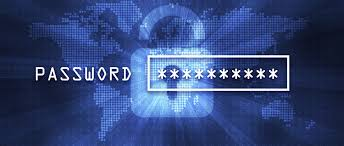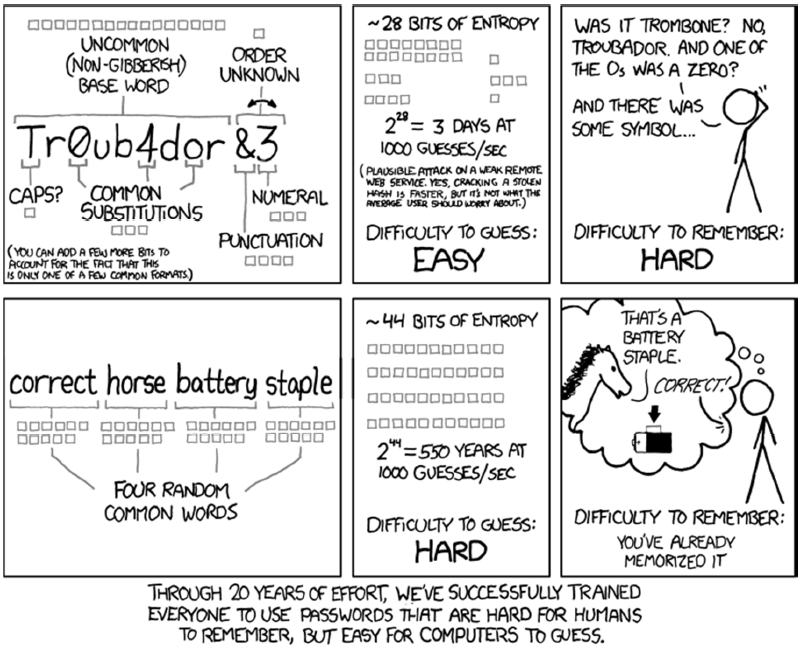Setting Passwords

Set a password that is strong and difficult, each time to set one. With more so, even with reminders and prompts to regularly set and change one to another, only in one else. In klicks of months, do to so with how, and to remember itself, is a daunting task.
In order and logic of organising this task, is ‘entropy’. Succinctly known, as “password entropy”. Password entropy is a measure of a password to determine it’s strength and difficulty. Similarly, high password entropy is a strong and difficult password, while low, is it’s inverse, otherwise.
Password entropy is measured in mathematical binary base or a base 2 number. Each index in a multiple indexed position of its base, is called a ‘bit’ in computing mathematics. Overall, which results in only a string of zeroes and ones. i.e. 101 in binary = 5 base 10, = 5.
Such so, a password entropy is formally, thus measured in ‘bits’, in summation of each character’s entropy stretched across the total character length of a password. The final and formal password entropy is then measured as its exponential of 2, i.e. 2 to the power of (sum of bits of each character’s entropy).
Each character’s entropy is such calculated by mathematical function: log base 2 N (log2N). Where N is the equally likely most number of total possible combinations of the character. i.e. lowercase letters = 26, lowercase and uppercase letters = 52, numbers = 10, punctuation = 14, and etcetra.

Strong and difficult passwords make computers hard to guess, not especially without Internet of Things technologies, (IoT).






